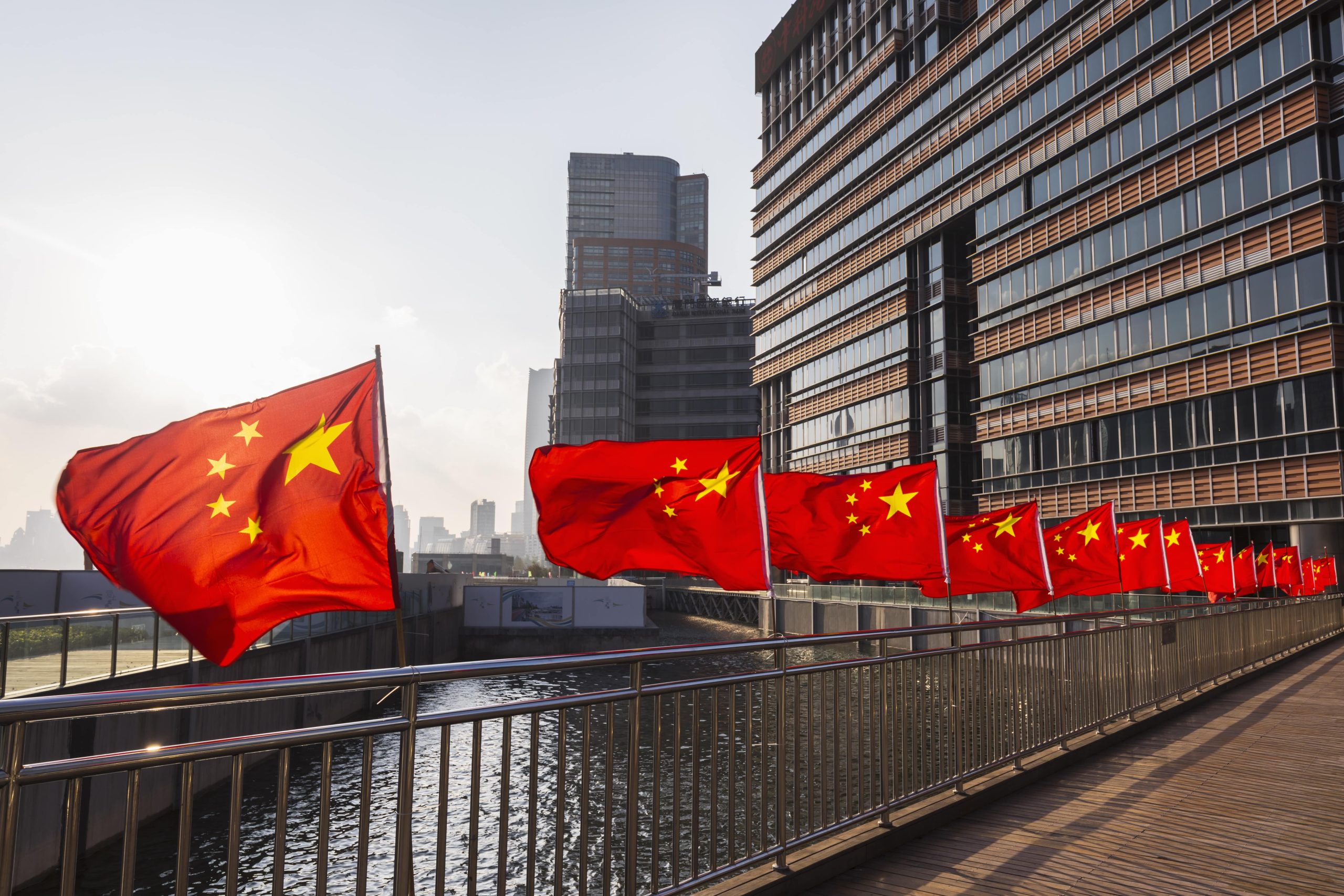China’s latest Five-Year Plan marks a significant step towards the nation’s aspirations for high-quality development, technological self-sufficiency, and improved living standards. As the world’s second-largest economy, China’s strategic decisions have far-reaching implications not just domestically but also across global markets.
Key Objectives of the Five-Year Plan
According to recent insights from ING Economics, the primary goals of this new plan include:
- Building on existing frameworks for high-quality economic development.
- Achieving breakthroughs in technological self-sufficiency, particularly in critical sectors.
- Deepening economic reforms to enhance efficiency and competitiveness.
- Improving the quality of life for citizens through various social initiatives.
Implications for Global Markets
The focus on technological self-sufficiency suggests that China aims to reduce its dependence on foreign technology, which could influence global supply chains and investment patterns. Companies in sectors such as semiconductors and renewable energy, including firms like Nvidia and Tesla, may need to reassess their strategies in light of potential shifts in demand and regulatory environments.
Moreover, the emphasis on high-quality development indicates a pivot away from rapid growth models that have characterized China’s economy in the past. This could lead to a more stable economic environment, potentially appealing to foreign investors looking for long-term opportunities.
Challenges Ahead
While the objectives outlined in the Five-Year Plan are ambitious, they come with inherent challenges. Analysts have raised concerns about the feasibility of achieving technological breakthroughs within the projected timelines, especially given the current geopolitical tensions that affect trade and technology transfers. Furthermore, deepening reforms may face resistance from entrenched interests within various sectors.
In summary, China’s new Five-Year Plan signals a strategic shift towards sustainable growth and self-reliance in technology. For traders and investors, understanding these dynamics will be crucial in navigating the evolving landscape of the Chinese economy and its implications for global markets.
The debate remains open on how effectively China will implement these ambitious goals and the subsequent impact on international trade and investment.



